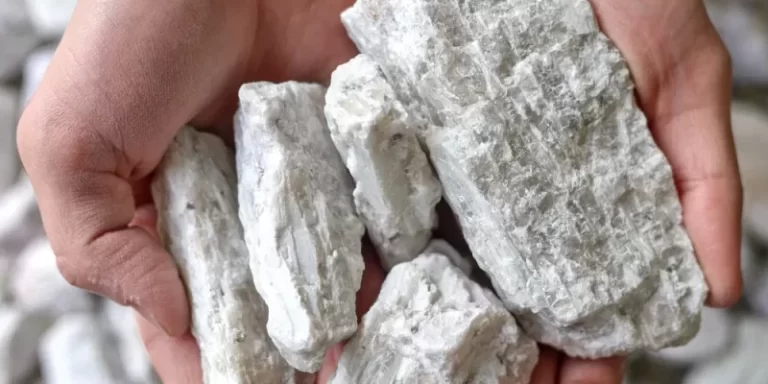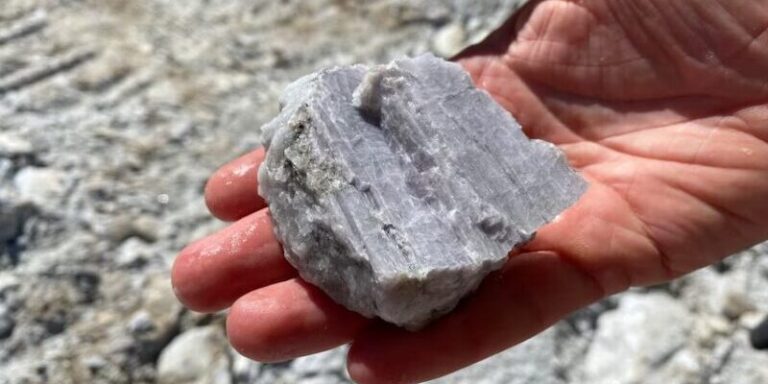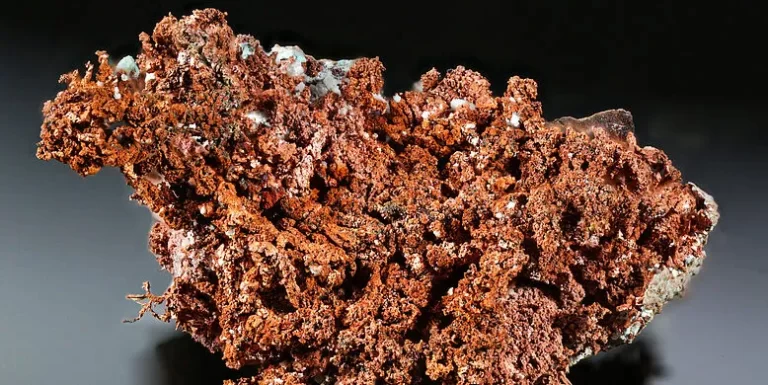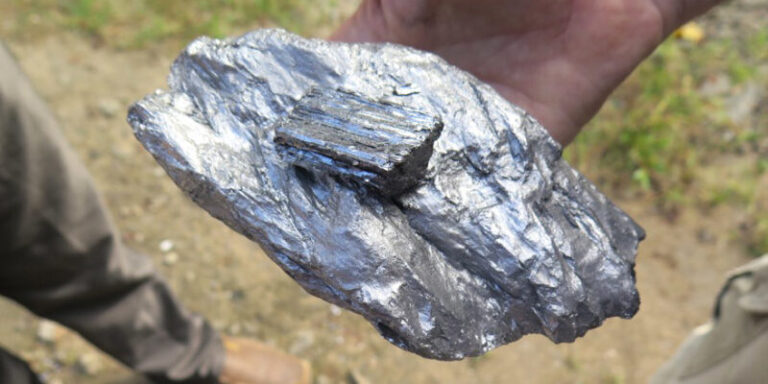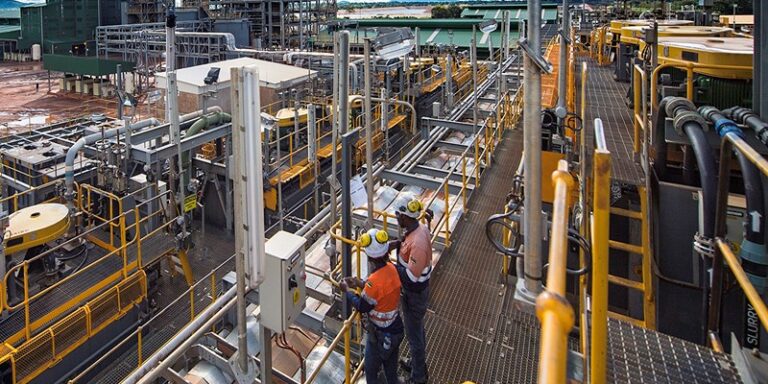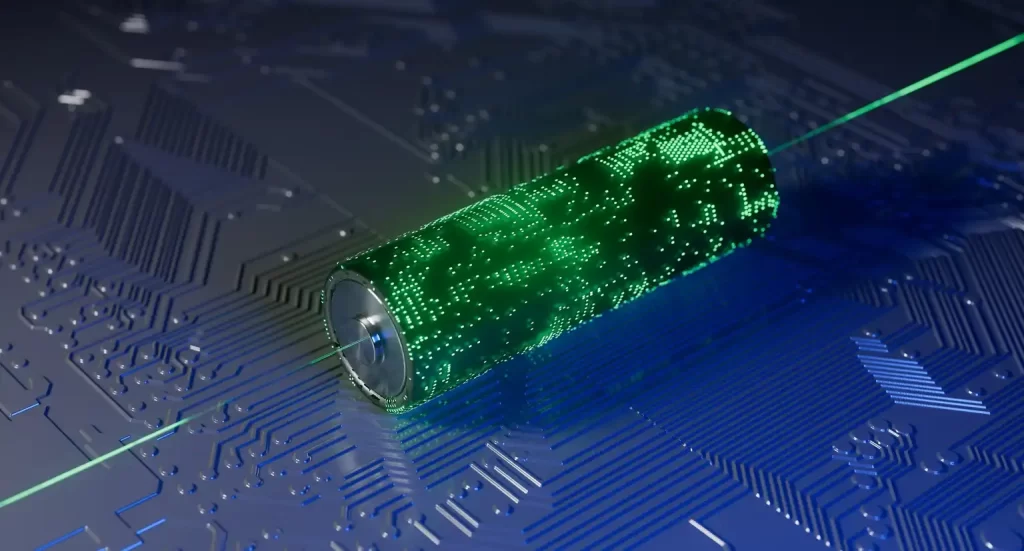
As the world races towards a sustainable future, the pivotal role of energy storage systems in enabling the widespread adoption of clean energy technologies cannot be overstated.
Among the various technologies driving this transition, lithium-ion batteries have emerged as a game-changer, thanks to their high energy density, efficiency, and durability.
Within these batteries, three critical elements, lithium, cobalt, and manganese, play essential roles in unlocking the full potential of energy storage and propelling the clean energy revolution forward.
Lithium: Powering the Energy Storage Revolution Lithium has become synonymous with energy storage, and its lightweight and high electrochemical potential make it an ideal choice for batteries. Lithium-ion batteries, with their superior energy density and long cycle life, are the backbone of electric vehicles (EVs) and renewable energy systems.
In EVs, lithium-ion batteries offer extended driving ranges and shorter charging times, thus addressing key concerns surrounding electric mobility.
Moreover, the scalability and modularity of lithium-ion battery systems enable their integration into energy storage applications at various scales, from residential and commercial to grid-scale installations.
Cobalt: Enhancing Battery Performance and Stability Cobalt plays a crucial role in enhancing the performance and stability of lithium-ion batteries.
It acts as a key component in the cathode, which is responsible for storing and releasing energy during charge and discharge cycles.
The unique properties of cobalt, such as its high energy density and thermal stability, contribute to the overall efficiency and safety of lithium-ion batteries.
However, the growing demand for cobalt has raised concerns about its supply chain, particularly regarding ethical sourcing and environmental sustainability.
Efforts are underway to reduce cobalt dependency and develop battery chemistries that minimize or eliminate the need for this precious metal.
Researchers and industry stakeholders are actively exploring alternative cathode materials that maintain battery performance while reducing reliance on cobalt.
Manganese: Driving Affordability and Safety Manganese, another vital component of lithium-ion batteries, helps enhance their affordability and safety.
Manganese-rich cathodes, commonly known as lithium-manganese oxide (LMO) cathodes, offer several advantages, including lower cost and improved thermal stability compared to cobalt-based cathodes.
LMO cathodes are widely used in consumer electronics and certain electric vehicle applications. Their lower cost makes them an attractive option for energy storage systems, such as grid-scale installations, where affordability and long-term stability are critical factors.
Furthermore, manganese’s abundance in the Earth’s crust ensures a reliable and sustainable supply chain for battery manufacturers.
The Clean Energy Transition: The collective contributions of lithium, cobalt, and manganese extend beyond energy storage systems. They are vital to the clean energy transition in multiple ways:
- Enabling Renewable Integration: Energy storage systems, powered by lithium-ion batteries, facilitate the integration of intermittent renewable energy sources, such as solar and wind, into the power grid. They store surplus electricity during periods of low demand and release it when demand spikes or when renewable generation dips.
- Decarbonizing Transportation: Lithium-ion batteries, incorporating these key elements, are instrumental in electrifying transportation, reducing dependence on fossil fuels, and curbing greenhouse gas emissions. Electric vehicles, supported by advanced energy storage technologies, are becoming increasingly viable alternatives to conventional internal combustion engine vehicles.
- Grid Resilience and Energy Access: Energy storage systems equipped with lithium-ion batteries provide grid resilience by stabilizing voltage and frequency, enabling efficient load management, and serving as backup power during outages. These systems also play a crucial role in remote areas, providing clean and reliable electricity access to communities without traditional grid infrastructure.
The synergy between lithium, cobalt, and manganese has revolutionized the world of clean energy storage.
These elements form the backbone of high-performance lithium-ion batteries, enabling the widespread adoption of electric vehicles, integration of renewable energy sources, and grid resilience.
As we continue to advance in the clean energy transition, harnessing the power trio of lithium, cobalt, and manganese will be crucial in driving sustainable and efficient energy storage solutions, paving the way towards a greener future.



